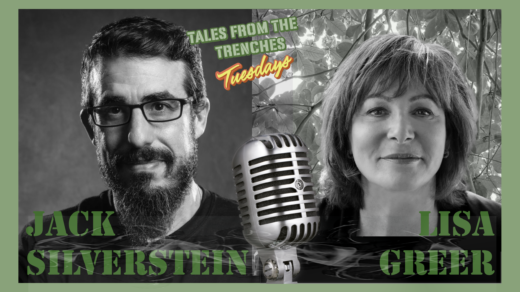
The phrase Major Gift is fundraiser jargon. Personally, I loathe the term, but in our industry, it’s what we use. (Some fundraisers actually have the title Major Gift Officer on their business card/email signature — how would you like to be the prospect who sees that for the first time?)
But not all donors are created equally. Some have a much higher capacity or propensity to donate. And, at the end of the day, a successful Major Gift program can propel a successful organization, while a weak Major Gift program will most likely have a challenging effect on your organization.
So what is a Major Gift for your organization? I have fundraised for churches where a Major Gift is $5,000-plus (pledged over time) and I have been at an organization where a Major Gift is $25,000-plus. The bottom line is that the actual dollar-level is insignificant, as long as you are ensuring that you are segmenting your database. Some organizations have the benefit of a large database of donors so they can segment into many different bands (like Pace-setting Gifts, Leadership, Major, Special, Community, etc.) Other organizations may be on the smaller side and practically may only be able to be segmented into 2 or 3 bands. I would suggest that you not focus on the number of bands, rather on the act of segmentation. Sometimes, the top band represents 10 – 20% of your total number of donors (but likely 80% of your dollars).
There are different strategies to use for soliciting members of each band, but I would contend that Major Gifts require Major cultivation and stewardship. These tend not to be the folks that you put into the Direct Mail segment. One of the biggest challenges with the Major Gifts program is that it may take up to 2 years to go from solicitation to response. Major Gifts require Major thought and Major reflection. If I were to ask Mrs. Smith to consider a gift of $500 to my organization, I could rest assured that my answer would come relatively quickly. If, however, I was asking Mrs. Smith to consider a gift of $50,000 it would be fairly likely that this decision would take quite a bit of time.
Remember in an earlier post when I wrote about the old 80/20 rule (80% of the money coming from 20% of the people) and now that is more like 90/10? Whatever you name your segmentation bands, I would suggest that you implement a wholesome process — the future of your organization’s fundraising depends on it.
L’chaim
jack




